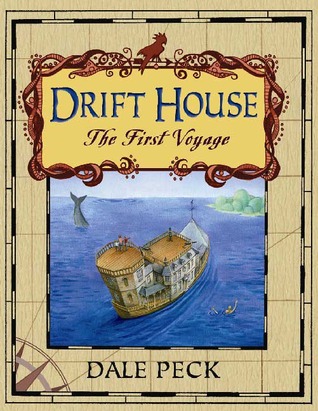[button color=”black” size=”big” link=”http://affiliates.abebooks.com/c/99844/77798/2029?u=http%3A%2F%2Fwww.abebooks.com%2Fservlet%2FSearchResults%3Fisbn%3D9780547534268″ target=”blank” ]Purchase here[/button]
The 2002 winner of the Newbery Medal takes us back to medieval Korea, where a crippled man and an orphaned boy live together under a bridge in the potters’ village of Ch’ulp’o. Young Tree-ear pauses from scrounging food from other people’s garbage to watch the master potter Min throw a lump of clay on his wheel and shape it into a graceful urn.
When Tree-ear breaks a piece of pottery, he begs to be allowed to pay for it by working for Min. The backbreaking labor includes chopping and hauling cartloads of wood to burn in the kiln, cutting clay out of the ground, and draining it over and over until it is silky smooth. Without ever being allowed to throw a pot himself, Tree-ear learns what he can about working the clay, appreciating graceful proportions, incising designs, and glazing pottery with the region’s rare and highly-prized celadon green.
Then a royal emissary comes to town, looking for a potter deserving of a government commission. Min’s hopes are pinned to a few samples of his work, because he is careful and exacting and achieves excellence slowly. His chief competitor is an inferior artist who, however, has developed an innovative technique of inlay work, using different colors of glaze to create interersting surface details. When Min is unable to show Emissary Kim anything of that kind, Kim invites him to send him a sample of such work when he is ready. And Tree-ear volunteers to carry his master’s work, on foot, to the royal court in Songdo.
Tree-ear’s journey is heartbreaking and uplifting at the same time. His devotion to the artistic purity practiced by his master, his friendship with the lame Crane-man, the struggle in his conscience when he learns a trade secret, and his hopes of being treated as a real apprentice at a time when the art of pottery was passed from father to son, fill this story with passion, beauty, tension, and the ache of longing. It is a wonderful way to learn about a corner of world history and culture many of us may not have known. It is, more importantly, a lovely story.
Recommended Age: 10+



